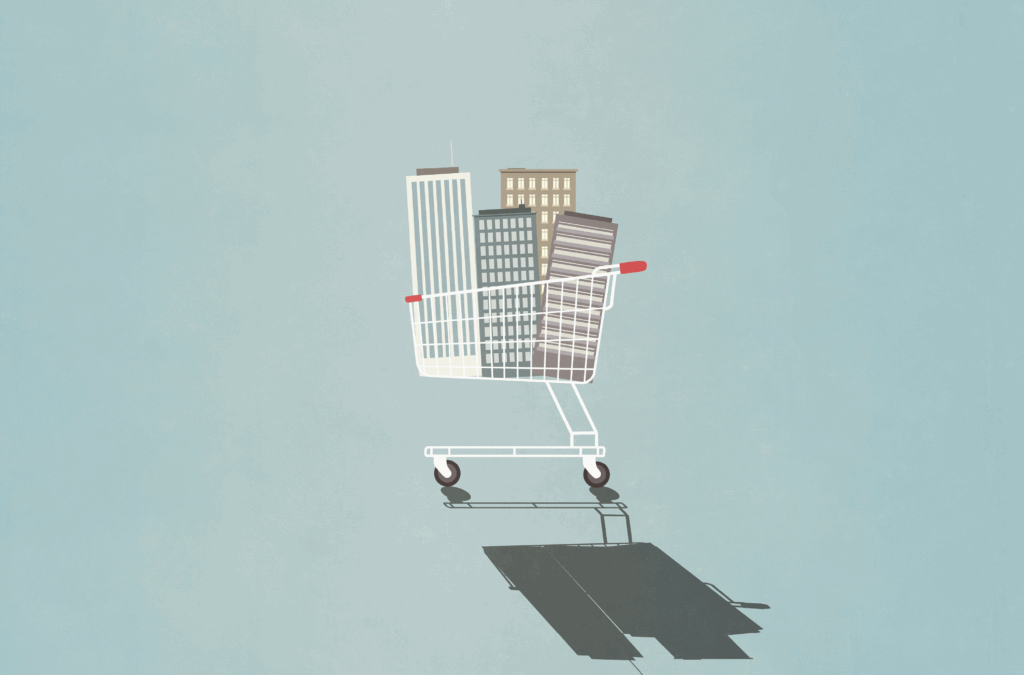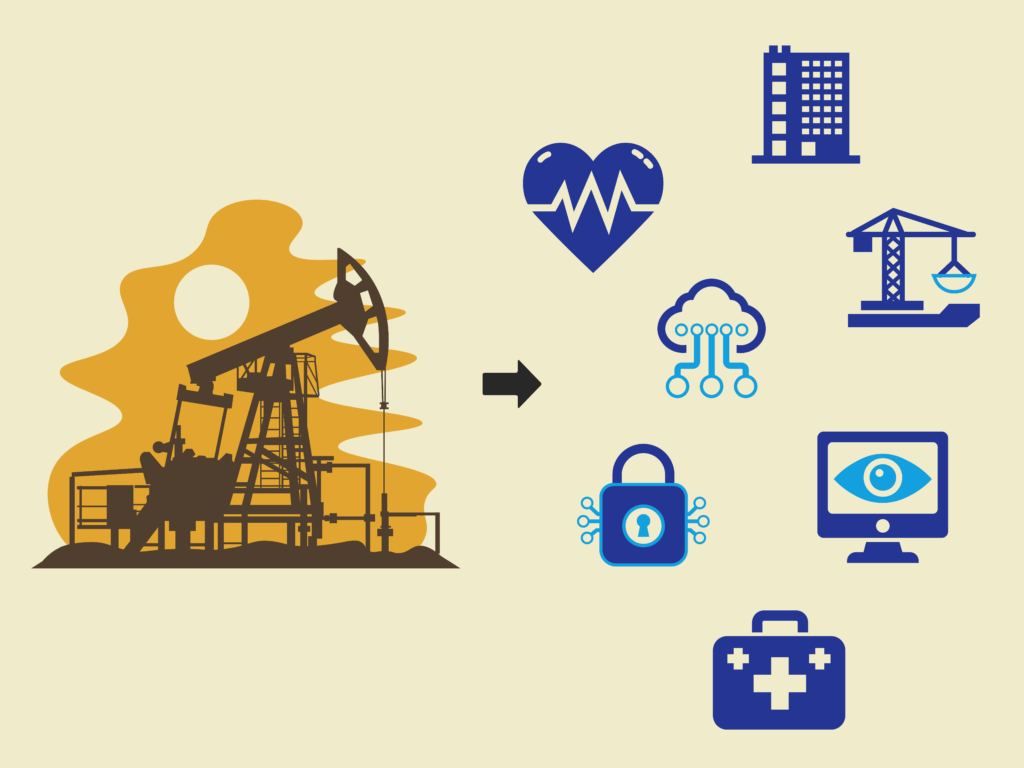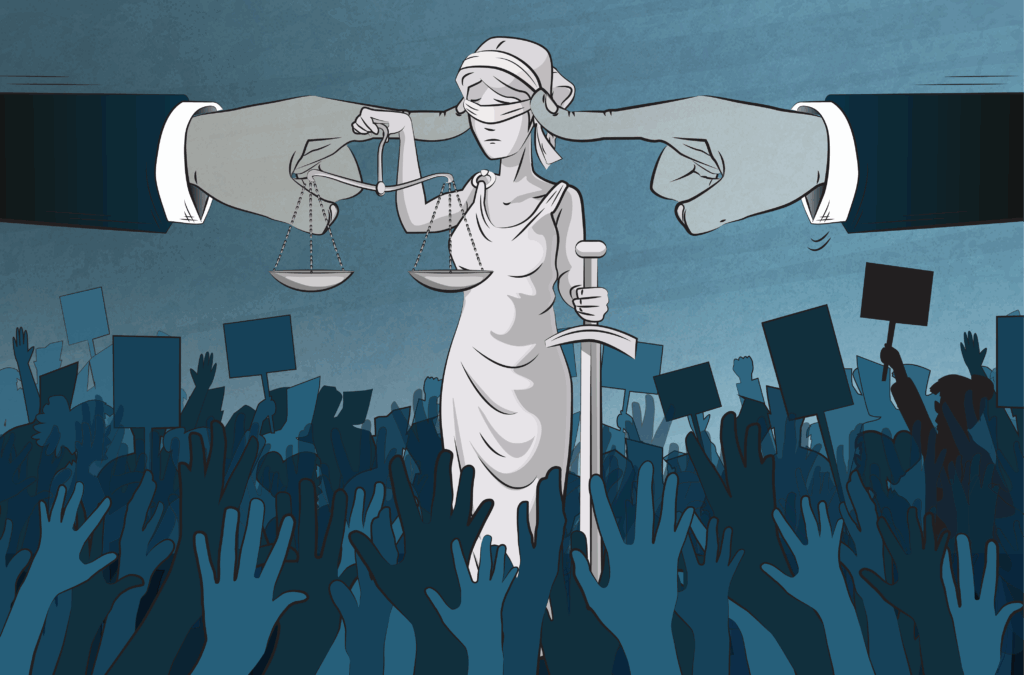
Call Me, Maybe?

Everyone has those days when they notice changes in their energy level. Was it the coffee? Too much? (Too little?!) Your workout, your diet, your commute—you go through the Rolodex of potential causes.
More often these days, I’ve been feeling it—whatever “it” is. And just before I panicked myself into thinking something was wrong, I happened upon a new Stanford study. Two words hit me square in the eye: “Zoom fatigue.”
Apparently, Zoom fatigue is a real thing with real psychological consequences. (I’ll note here that researchers focused on Zoom because it reported an increase from about 10 million users in December 2019 to more than 300 million users within five months after COVID hit.) In summary, Stanford developed a Zoom Exhaustion and Fatigue Scale (ZEF) to measure just how much fatigue and cognitive load people are experiencing in the workplace from videoconferencing. Spoiler alert: a lot.
While Zoom and many other videoconferencing tools have allowed for business (and life) to continue as uninterrupted as possible, the research was a helpful reminder that fatigue as a result of being on video all day can rear its ugly head in many forms—physically, socially, emotionally, motivationally. And it’s not just stinging eyes and sore backs after a day’s worth of nonstop meetings. The research suggests videoconferencing triggers multiple stressors and can be blamed for people’s being less mobile throughout the day. Zoom fatigue impacts all of us (age, race and personality type also play a role), although it’s notably worse for women, the study finds.
In this, our annual M&A issue, we talk about new buyers, valuations, scale and innovation. Activity hasn’t slowed down, which leads me to believe many of you know all too well about Zoom fatigue. Whether you’ve spent hours on a screen getting a deal done, trying to blend cultures from your dining room table, or trying to restructure teams and lines of business from afar, you’ve likely known no boundaries. (And if the fine folks from Stanford are reading this, a good follow-up study might be exploring the long-term retention rate of new employees who were onboarded using videoconferencing and have yet to step into a physical office or meet their colleagues face to face.)
With meetings season seemingly back in full swing, we now have an opportunity to connect differently—as in, in person. As we know, that brings with it a whole different type and level of fatigue, but (and I’m chuckling as I type this), I can’t wait to be exhausted in a more human way.
Until then, the research suggests a few action items organizations can take to combat Zoom fatigue for their employees: implementing no-video meeting days and simply asking if your employees or colleagues find themselves fatigued is a good start (or, one better, have them take the ZEF Scale).
We can all do better for each other to see fatigue for what it is and work toward solutions to help reduce it. “Videoconferencing is a good thing for remote communication, but just think about the medium—just because you can use video doesn’t mean you have to,” one researcher said. I hope to see many of you at our upcoming Employee Benefits Leadership Forum, but in the meantime, if you need me, please just call.




